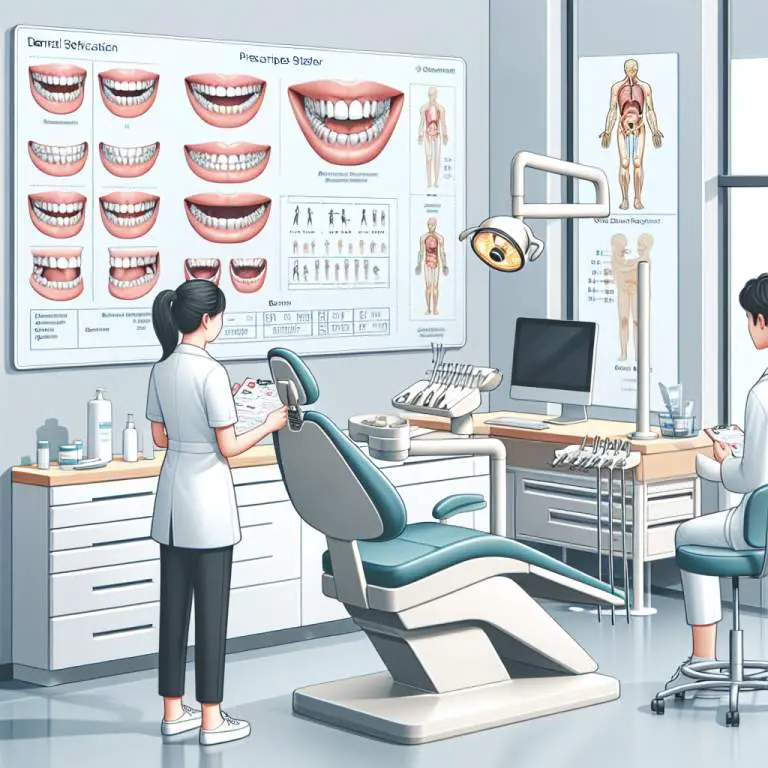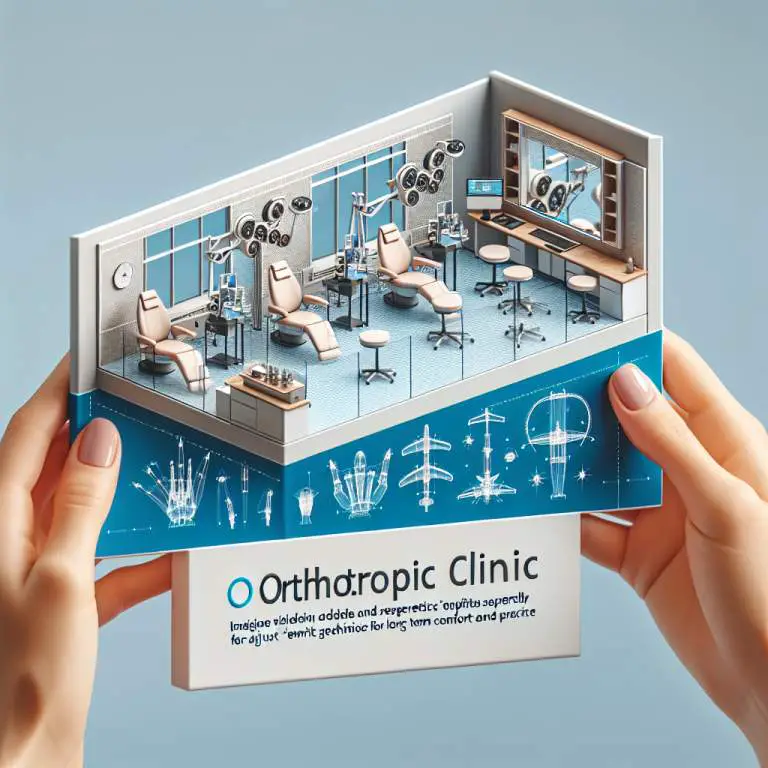What long-term effects does mewing have on jaw and bite alignment?
Mewing, when done correctly over time, can lead to noticeable improvements in jaw and bite alignment. This technique involves positioning the tongue against the roof of the mouth, which can help in reshaping the jawline and improving overall facial structure. However, it’s important to note that significant changes may take years to become fully apparent, and consistency is key for achieving long-term effects.

How Does Mewing Work to Alter Jaw and Bite Alignment?
Mewing is a technique that involves placing your tongue against the roof of your mouth. This position is supposed to help shape the way your jaw grows. People who practice mewing believe it can make their jaws stronger and more defined.
The idea is that by keeping your tongue in this special position, you’re applying gentle pressure. Over time, this pressure might change how your jaw and teeth line up. It’s like a slow push that could help make your face look a bit different.
What Are the Theoretical Benefits of Mewing on Dental Health?
Some folks think mewing can do more than just change how your jaw looks. They say it might also be good for your teeth. By improving how your jaw and teeth fit together, mewing could possibly make it easier to chew and even breathe better.
Another possible plus is that having a well-aligned jaw means less strain on your teeth. Less strain could mean fewer problems like tooth wear or pain in the long run. So, in theory, mewing might keep both your smile and bite healthy.
Can Mewing Correct Misaligned Jaws or Bites in Adults?
This question gets asked a lot because fixing misaligned jaws or bites usually involves braces or surgery. Some adults hope mewing could be an easier way to get similar results. However, changing bone structure in adults is tougher than in kids because their bones have stopped growing.
Even though it’s challenging, some adults report seeing changes after sticking with mewing for a long time. But remember, everyone’s body reacts differently, so what works for one person might not work for another.
What Evidence Supports the Effectiveness of Mewing for Long-Term Changes?
Finding solid proof that mewing works can be tricky. There aren’t many scientific studies out there specifically looking at mewing’s effects over the long haul. Most of what we know comes from personal stories people share online.
That said, some experts are starting to pay attention to these stories and are curious about studying mewing more closely. Until we have more research, it’s hard to say for sure how effective mewing is for making lasting changes to jaw alignment and dental health.
| Aspect | Effectiveness of Mewing | Evidence/Notes |
|---|---|---|
| Jawline Definition | Potentially Improved | Mostly anecdotal; limited scientific studies. |
| Bite Alignment | Unlikely to Improve Significantly | Lack of substantial evidence; orthodontic intervention often necessary. |
| Facial Symmetry | Possible Minor Improvements | Subjective and varies by individual; no strong scientific backing. |
| Nasal Airway Function | Mixed Results Reported | Some report improvement in breathing; not universally agreed upon. |
| Note: Mewing involves pressing the tongue against the roof of the mouth, aiming to reshape the jawline and facial structure over time. Its effectiveness is debated among professionals, and results may vary widely among individuals. Professional consultation is recommended for significant dental concerns. | ||
How Long Does It Take to See Results from Mewing?
Seeing results from mewing can vary greatly from person to person. Some people might notice changes in a few months, while others may need to practice for years. It depends on how often and correctly one practices the technique.
The age of the individual also plays a significant role. Younger people, whose bones are still growing, might see faster results than older adults. Consistency and patience are key when practicing mewing for jaw alignment improvements.
Are There Any Risks or Downsides to Practicing Mewing?
Mewing, when done incorrectly, can lead to some risks or downsides. For instance, applying too much pressure with the tongue against the teeth can potentially cause dental issues. It’s important to understand the correct technique before starting.
Additionally, overemphasis on mewing as a fix-all solution for jaw alignment can lead some individuals to neglect professional medical advice. While mewing has its proponents, it should not replace consultations with orthodontic professionals if serious dental health issues are present.
What Do Orthodontic Professionals Say About Mewing and Jaw Alignment?
Orthodontic professionals have mixed opinions about mewing. Some acknowledge that proper tongue posture can contribute positively to jaw alignment and overall oral health. However, they also stress that more scientific research is needed to fully understand its effectiveness.
On the other hand, many orthodontists caution against relying solely on mewing for significant structural changes in adults. They recommend traditional orthodontic treatments for correcting misaligned jaws or bites since these methods have been scientifically proven over time.
Final Thoughts
Mewing has gained popularity online as a method for improving jawline definition and correcting bite issues. While there are anecdotal reports of success, it’s important to approach this practice with realistic expectations and patience.
Consulting with orthodontic professionals before starting any new oral posture practice is crucial. They can provide guidance based on your specific needs and ensure that you do not inadvertently harm your dental health while pursuing aesthetic improvements through mewing.






